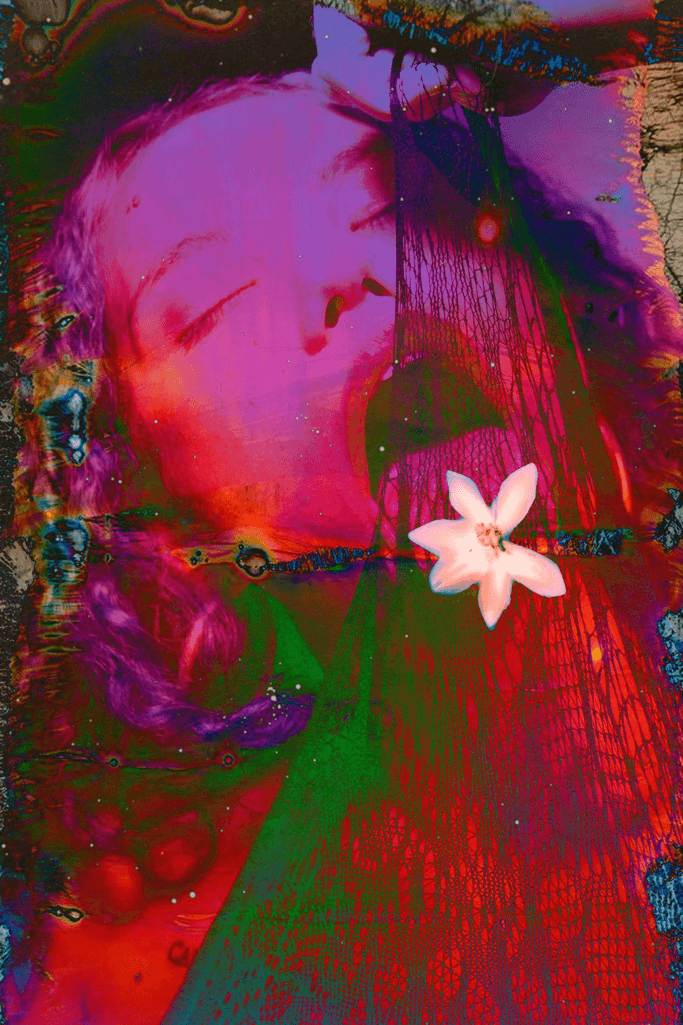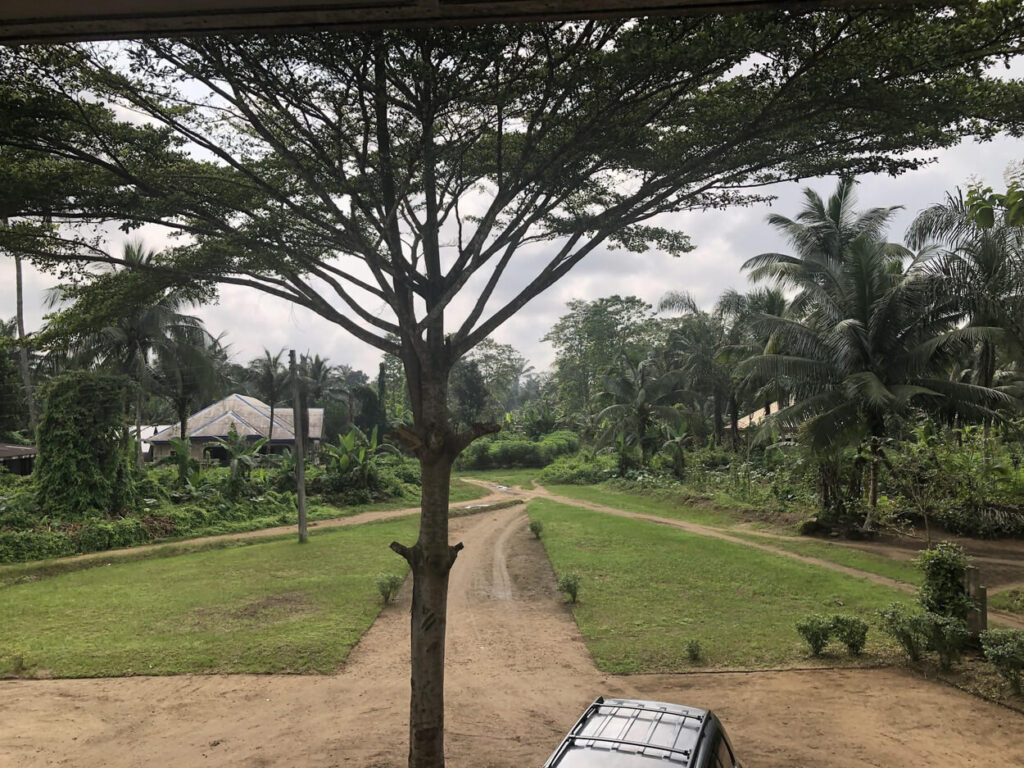Have you ever cried over the loss of your favorite television character? Or coveted the bond shred between a group of friends on a fictional show? Then you might have engaged in a para-social relationship without knowing it.
A parasocial relationship has been defined as when a spectator or audience member becomes emotionally attached to a media character who doesn’t return the emotion and might not even know they exist. It’s intimacy at a distance. Even though it sounds like an oxymoron, it’s become very much prevalent in this recent generation. From social media personalities to dearly beloved TV characters, we can’t help but develop parasocial relationships. It’s a world where one-way connections can have the same level of emotional intensity as reciprocal relationships. Even more so with fictional characters.
Personally, I have leveraged the positive emotions that come from watching my favourite characters, especially the YouTube videos that have compiled several good feel scenes of several TV shows into one video. It is my go-to when I feel sad. Depending on the theme of the YouTube video and TV series, the stories of these characters inspires a great deal of my desires. These relationships can shape a variety of things from what we buy to how we feel on a daily basis. And this is where mimetic desire comes in. These bonds are an important part of learning who we are and what we want.
Mimetic desire is the concept that states that the value we assign to things and how we desire them is based on our relationships with others according to what these people want. How we desire is not objective or isolated but subjective and influenced. This might sound strange or maybe vaguely familiar. That’s because we all experience it. For me, these parasocial relationships have strongly influenced my desire for human connection and deep relationships. The Bold Type is a television show that does this for me: the closeness and intimacy exhibited between Kat, Jane and Sutton has shown me the kind of relationship I want and sometimes do not want. This assumption that our desires are all our own—this story that we tell ourselves—is what the French social scientist René Girard calls “The Romantic Lie.”
Parasocial relationships have evolved in a certain kind of way throughout history. The initial starting point was radio and TV personalities, it transitioned to fictional characters and the latest development is internet and social media personalities. The people that we form parasocial relationships with are models that help us know what we want. I’ve noticed that the starting point for developing this relationship is shared meaningful similarity. These models might value the same thing the spectator does like deep connections and career interests. Models are people who seem farther up ahead on the path we’re on; they can see around a corner that we can’t see around. We assume that they have some insight into which direction to go that we do not.
This leverages our desire to seek validation in our desires. We look for social proof. Models show what is worth wanting. “Desire usually is born out of the contemplation of someone else who is desiring.”- Rene Girard
Intimacy and Mimetic Desire
So I have a theory that there has to be some kind of intimacy to a person before we can even like what they like not to talk of wanting what they want. Although several studies have described this mimetic desire as innate. I’ve noticed that it is a lot stronger when there is a perceived bond between the two.
It’s the foundation of starting and maintaining any relationship even a parasocial one. Mutual interests act as primers to us wanting what someone wants. Not all models are alike: we tend to gravitate toward those who are closest to us—not necessarily geographically, but socially and existentially.
Social media has brought all of us into extremely close desirous proximity to one another. It is the world Girard calls “internal mediation”—the people who are models of desire for us are “internal” to our own worlds because we can talk to them, engage with them, and most importantly compete with them.
The Internet’s Role
The internet and social media have given us the illusion of access to other people’s lives. It gives us more opportunities to form parasocial relationships than ever before, there are so many mediums and the burst of the creator economy has made the existence of online creators the norm. Social media has changed this one‐sided relationship to a more interactive and reciprocal one.
Social media relies on people imitating other people: quoting, retweeting, reacting. It encourages mimesis even in its form: the prescriptive, restrictive design of social media profiles causes a crisis of sameness.
The openness and candour with which many online creators speak is more than many average people would divulge to anyone not to talk of strangers on the internet. No wonder these strangers fancy themselves intimately associated with this creators, even at a distance. In time, the ‘fan’ – comes to believe that he ‘knows’ the creators more intimately and profoundly than others do; that he ‘understands’ his character and appreciates his values and motives. And most of the times it can be the case. There are some online personalities that I have listened too and have convinced myself that i know their character especially when I’ve consumed their content up to a point that i’m hearing their ideals multiple times.
The current crop of online creators tries to create the illusion and allusion of intimacy in the content they create: the gamer hosting nightly streams, the podcaster dropping a new episode every Tuesday, or the daily vlogger revealing their morning routine. These new media environments have narrowed the distance between audiences and celebrities and have altered the role of audiences from that of mere spectators. Every creator opens up to a certain level of vulnerability and today’s tools and features foster that feeling of intimacy. From hearing the sound of someone’s voice in your ear to them filming right in their personal space. It all breathes intimacy.
In popular tag videos, often suggested by fans or fellow creators, YouTubers lean into intimate content like “what’s in my bag,” “what i do in a day,” “the boyfriend tag,” and “the apartment tour.” These formats allow viewers some kind of raw access into these creators lives to a point where constant viewing can make one notice the unnoticeable. Much of the skill that creators possess is producing compelling content that centres themselves; they’re famous because they share, not sharing because they’re famous. Creators leverage their openness and personalities towards audience building. They create content with the intent of making people feel like they know them and their lives. And this sharing and expression encourages fans to be subject to mimetic desire. It helps us to make sense of who we are. We didn’t know what to desire. So we turn to other people, on our phones, to tell us. We look to other people and see ourselves.
However, these relationships are very hazy and unclear. Who’s imitating who? Who are the models, and who are the imitators? It’s become very ambiguous. When people start tweeting back and forth, who initiated it? Who’s really imitating who? This is like an entirely new social dynamic. This is what Luke Burgis describes as “Freshmanistan”. Social media has exacerbated a particular part of our human nature. Something the French cultural theorist René Girard called the “thing hidden since the foundation of the world”: our deep-seated propensity to covet our neighbors’ goods. And I don’t think this is necessarily a negative thing as it’s always connotated. Having the right neighbour is something that can be leveraged into the right things. And social media gives us the ability to surround ourselves with the right neighbours.
We assume that desire is objective or subjective, but in reality it rests on a third party who gives value to objects. This third party is usually the one who is closest, the neighbor. To maintain peace between human beings, it is essential to define prohibitions in light of this extremely significant fact: our neighbor is the model for our desires. – Rene Girard
Storytelling’s Role – the strength of a story
Storytelling is a powerful way to put ideas into the world. Friendships have become important to me lately and I obviously did not develop that desire all by myself. I’ve realized I got it mostly from fictional stories. I would watch friendship group to friendship group and I would crave that. The stories of how vulnerable and dependable they were to one another modeled how much I wanted that kind of friendship. And the shared emotion I experienced while watching only added to it.
Stories enable a cause and effect story in which the effect is mimetic desire. They also show us what we can want and its effect is more stronger because of the emotional investment we have when watching it. Stories create a strong connection between people whether one is fictional or not.
Narrative imagining — story — is the fundamental instrument of thought. Rational capacities depend upon it. It is our chief means of looking into the future, or predicting, of planning, and of explaining.” –Mark Turner
However, we need to learn to how to do this cautiously. Because stories are still very much fictional, we might end up wanting things that may not be realistic. So we need to anchor these wants to our reality and adjust them accordingly. A little observation and analysis can determine if this fictional situation can become true in our real lives.
I think parasocial relationships and how we develop them can be a way for us to curate what we consume. Forming these relationships can either be healthy or unhealthy depending on the kind of media we consume. So the part of the responsibility falls on us.
Human beings are indeed the most imitative creatures in the world—and if we rely on signals to help us determine who to imitate and who not to— we need to learn how to curate these signals.



